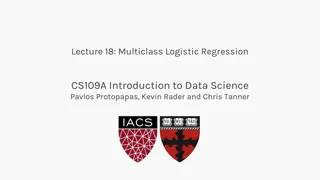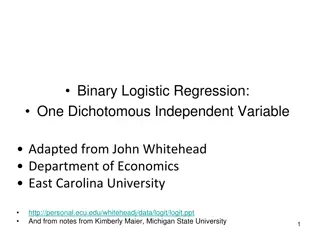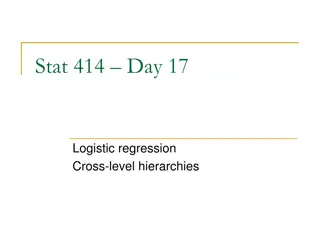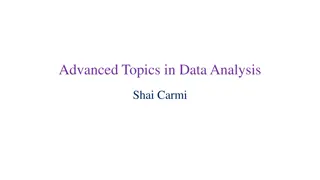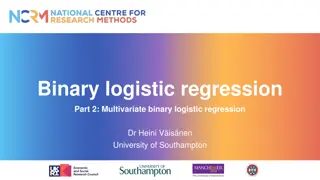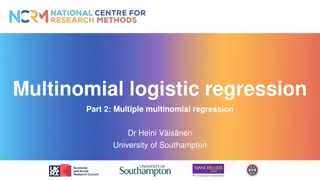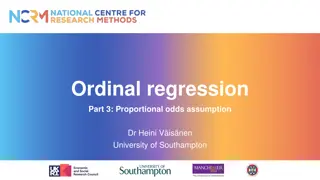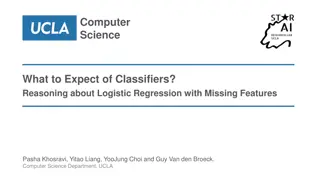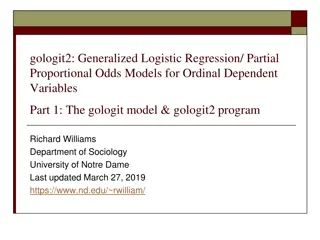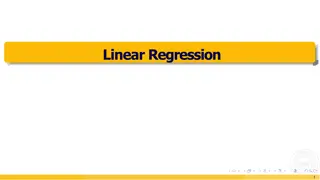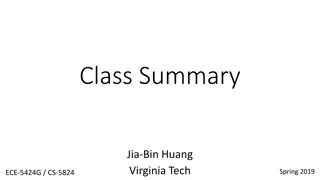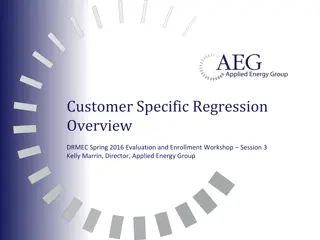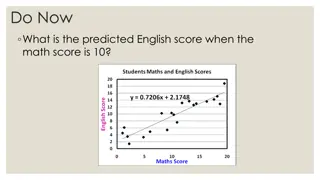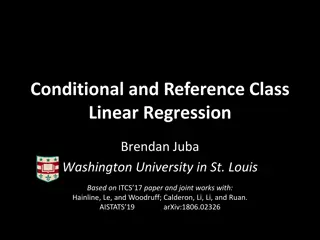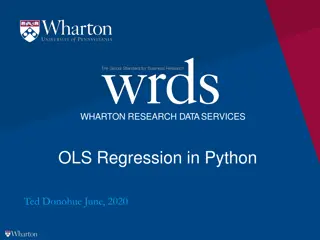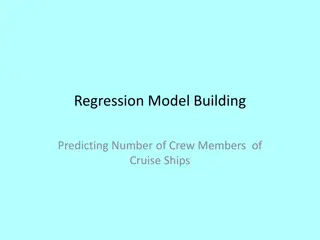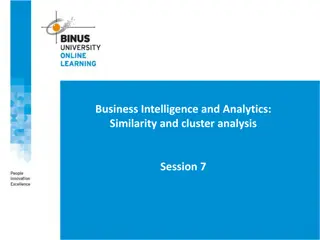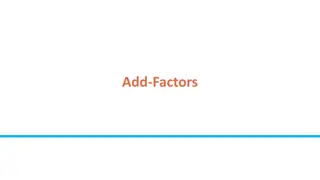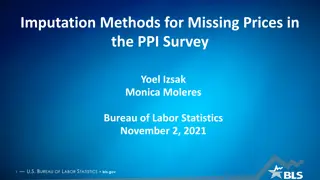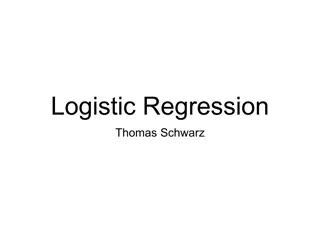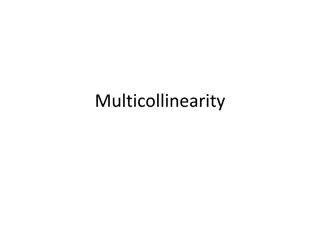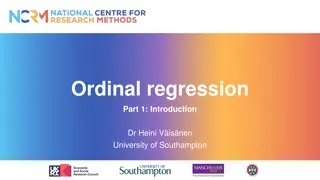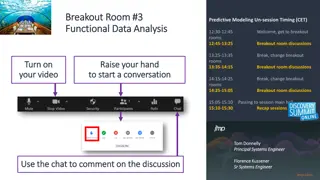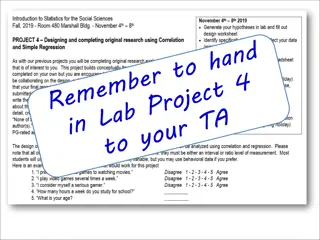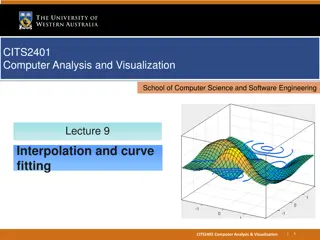Predictive Model for Protection Risks Using Logistic Regression
Utilizing logistic regression, a statistical modeling technique, to predict protection risks on freedom of movement in Afghanistan. The analysis involves exploratory data examination, correlation matrices, and predictor variable assessment to identify factors influencing the outcome variable. Insights from the model can aid in understanding community safety perceptions and barriers to movement.
Download Presentation

Please find below an Image/Link to download the presentation.
The content on the website is provided AS IS for your information and personal use only. It may not be sold, licensed, or shared on other websites without obtaining consent from the author. Download presentation by click this link. If you encounter any issues during the download, it is possible that the publisher has removed the file from their server.
E N D
Presentation Transcript
Predictive Model for Protection Risks using Logistic Regression
Predictors and outcome variable Afghanistan Protection Monitoring dataset; a household level survey; Q3 data used for the model. List of predictors (questions) Type of site (Rural; Semi Urban; Urban) Status of respondent (IDP, Returnee, etc.) Age group (Female child 14-17 years, Female adult 18- 34 years etc.) Marital status ( widowed, divorced, married, single) Do you feel safe in your community (yes, no, dnk) Reasons men / women do not feel safe (e.g., Harassment and intimidation, community tensions etc.) Can you move freely in the area (yes, no, dnk) Reasons men / women cannot move freely (e.g., socio- cultural barriers, fear for personal safety etc.) Our outcome variable is a YES / NO, binary variable; Protection Risk on freedom of movement
What is Logistic Regression A statistical modeling technique used to predict the likelihood of a binary outcome based on a set of predictor variables. binary outcome In the context of freedom of movement protection risk, a logistic regression model can be developed to identify the factors that increase or decrease the risk of freedom of movement.
Exploratory Analysis
Structure of data 43 predictors 1 outcome variable 6937 records or observations
Correlation Matrix Multicollinearity creates a problem because the inputs are all influencing each other. Two predictors might be providing the same information about the response variable thereby leading to unreliable coefficients of the predictors.
Correlation Matrix another view Generally variable with highest correlation to the outcome variable is a good predictor.
Plot of different variables Bar chart: Outcome (protection risk) based on predictor Can you move freely in the area? High correlation between the move freely in your area predictor and the Protection Risk (our outcome variable) 95% 10%
Plot of different variables Bar chart: Outcome (protection risk) based on predictor Do you feel safe in your community? High correlation between the feel safe predictor and the Protection Risk (our outcome variable)
Correlation Matrix
Protection Risk by age groups and respondent status (1) Undocum ented returnees and IDPs are more affected (2) Male child 14-17 years and all the female age groups are affected
Variance Inflation Factor (VIF) VIF equal to 1 = variables are not correlated Tool to help identify the degree of multicollinearity VIF between 1 and 5 = variables are moderately correlated VIF greater than 5 = variables are highly correlated
Final fitted model The move_freely_in_are a, w_soc_bar, w_discr, and presence_mines coefficients are all positive, and increase our outcome. The m_soc_bar coefficient is positive but only marginally significant, indicating that increasing m_soc_bar may be associated with a slight increase in the outcome variable. The factor(gende r_code)2 coefficient is positive, indicating that being female is associated with an increase in the log odds of the outcome. P value < 0.05 (statistically significant)
Confusion Matrix Model accuracy is 98.96%
Confusion Matrix Actual Values NO YES Predicted NO 5643 15 values YES 57 1222 The model has predicted No as No, 5643 times and No as Yes, 57 times. The model has predicted Yes as No, 15 times and Yes as Yes, 1222 times. The accuracy of the model is 98.96%. 98.96%.
ROC curve The more ROC curve hugs the top left corner of the plot, the better the model does at classifying the data into categories.


